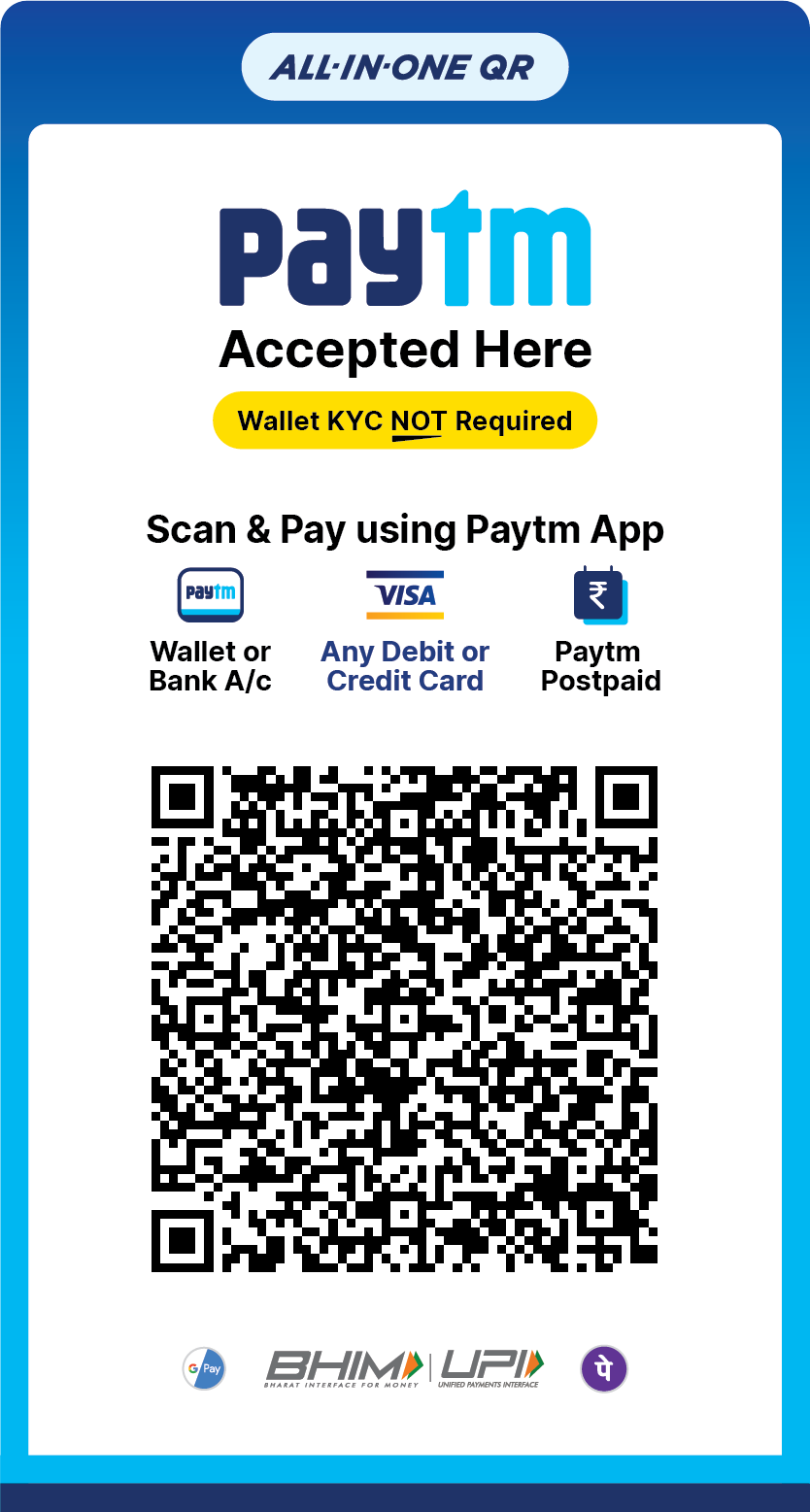The Complete 18ec34 | Digital System Design Notes
- 4.9
-
2018 Scheme | ECE Department
- Created by vtunotes.in
- 5 Modules
Description
VTU 18CS34 - Digital System Design: Course Summary
Course Code: 18CS34
Course Title: Digital System Design
University: Visvesvaraya Technological University (VTU)
Summary:
Digital System Design is a fundamental discipline in the field of computer engineering and electronics that focuses on creating, modeling, and optimizing digital systems. These systems are composed of digital logic gates, memory elements, and interconnected components that process information in discrete, binary form.
Key Concepts:
1. Digital Logic: Digital systems are built on the foundation of Boolean algebra and logic gates. Logic gates like AND, OR, NOT, and XOR are used to manipulate binary signals to perform various computations.
2. Sequential and Combinational Logic: Digital systems can be classified into two main categories: combinational logic, where the output depends solely on the current inputs, and sequential logic, where the output depends on both current inputs and the system's previous state.
3. Hardware Description Languages (HDLs): HDLs like VHDL and Verilog are essential tools for digital system designers. They enable the description, simulation, and synthesis of digital circuits, allowing engineers to design complex systems.
4. Finite State Machines: These are widely used in digital system design to control sequential logic circuits. Finite state machines help in designing systems with memory and decision-making capabilities.
5. Digital Circuit Design: Engineers design digital circuits using various components, including multiplexers, flip-flops, counters, and adders. These components are interconnected to create functional systems.
6. Timing and Clocking: Proper timing and clock signal distribution are crucial to ensure synchronous operation and reliable data processing within digital systems.
7. Testing and Verification: Rigorous testing and verification processes are employed to ensure that the designed digital systems meet their specifications and perform correctly under various conditions.
8. Synthesis and Implementation: Once the digital design is complete, synthesis tools are used to convert the high-level description into a netlist that can be implemented on specific hardware, such as FPGAs or ASICs.
9. Low-Power Design: With the increasing demand for energy-efficient devices, digital system designers focus on minimizing power consumption while maintaining performance.
10. System-Level Design: Beyond individual circuits, digital system design often involves the integration of multiple components and subsystems to create complex systems, such as microprocessors, memory systems, and communication interfaces.
Digital System Design is a critical skill for engineers in various industries, including electronics, telecommunications, automotive, and consumer electronics. It plays a pivotal role in shaping the modern world by enabling the development of innovative technologies and devices.
What will you learn?
Module-1
Principles of combinational logic: Definition of combinational logic, canonical forms, Generation of switching equations from truth tables, Karnaugh maps-3,4,5 variables, Incompletely specified functions (Don‘t care terms) Simplifying Max term equations, Quine-McClusky techniques – 3 & 4 variables. (Text 1 – Chapter 3)
Module-2
Analysis and design of combinational logic: Decoders, Encoders, Digital multiplexers, Adders and subtractors, Look ahead carry, Binary comparators.(Text 1 – Chapter 4). Programmable Logic Devices, Complex PLD, FPGA. (Text 3 – Chapter 9, 9.6 to 9.8)
Module-3
Flip-Flops and its Applications: Basic Bistable elements, Latches, The master-slave flip-flops (pulse-triggered flip-flops): SR flip-flops, JK flip-flops, Characteristic equations, Registers, binary ripple counters, and synchronous binary counters. (Text 2 – Chapter 6)
Module-4
Sequential Circuit Design: Design of a synchronous counter, Design of a synchronous mod-n counter using clockedJK, D, T and SR flip-flops. (Text 2 – Chapter 6) Mealy and Moore models, State machine notation, Construction of state diagrams. (Text 1 -Chapter 6)
Module-5
Applications of Digital Circuits: Design of a Sequence Detector, Guidelines for construction of state graphs, Design Example – Code Converter, Design of Iterative Circuits (Comparator), Design of Sequential Circuits using ROMs and PLAs, CPLDs and FPGAs, Serial Adder with Accumulator, Design of Binary Multiplier, Design of Binary Divider. (Text 3 – 14.1, 14.3, 16.2, 16.3, 16.4, 18.1, 18.2, 18.3)
Course Curriculum & Downloads Module Wise
Course Faq
- Can we download the notes?
Yes, you can download the notes by going to the Module Topics and clicking on the View/Download Module Notes.
- How often notes are updated on AcquireHowTo?
We try our best to provide update notes to our users, so we keep updating them once a week.
- Do you provide only one specific university note?
No, Our team tries to work hard to provide notes from multiple universities like VTU, IP, DTU, Amity, etc, and from multiple courses like B.E, B.Tech, BBA, MBA, BCA, etc.
- Do the Notes you provide belongs to you?
No, the notes we provide belong to the only creator of that notes. May some note belongs to us but not all. AcquireHowTo is a notes providing platform that provide notes from different sources at one place to help the students.
Announcement
AcquireHowTo
Admin 1 year agoUpcomming Updates of the AcquireHowTo
- -- CGPA/SGPA Calculator with University Filter.
- -- Student Projects Guide and Download.
- -- Article Publishing platform for different categories.
- -- Courses for students on different topics.
- -- Student Dashboard for AcquireHowTo Products.
- -- Online Portal to buy Minor Projects and Major Projects.
- -- Last year Exams Question paper .
These all updates are comming soon on our portal. Once the updates roll out you will be notified.

COURSE INCLUDES

Maths Deptartment | 3rd Sem

CSE Deptartment | 3rd Sem

CSE Deptartment | 3rd Sem

CSE Deptartment | 3rd Sem

CSE Deptartment | 3rd Sem

CSE Deptartment | 3rd Sem

ECE Deptartment | 3rd Sem

ECE Deptartment | 3rd Sem

ECE Deptartment | 3rd Sem

ECE Deptartment | 3rd Sem

ECE Deptartment | 3rd Sem

ECE Deptartment | 3rd Sem

ECE Deptartment | 7th Sem

CSE Deptartment | 7th Sem

CSE Deptartment | 7th Sem

CSE Deptartment | 7th Sem

CSE Deptartment | 4th Sem

CSE Deptartment | 4th Sem

CSE Deptartment | 4th Sem

CSE Deptartment | 4th Sem


